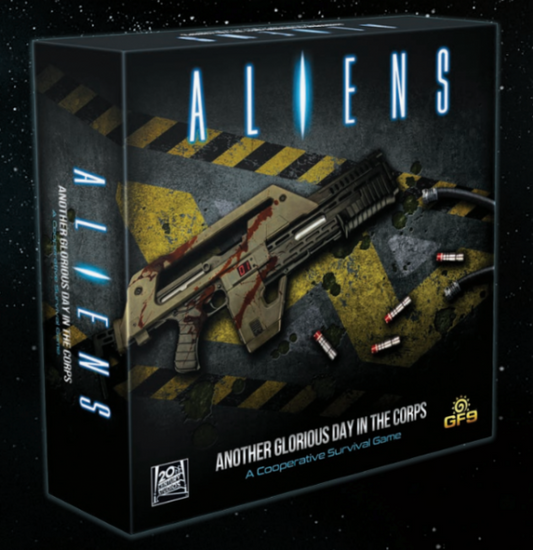June 25, 1950. Korean People's Army (KPA) troops pour across the 38th parallel. Soviet tanks lead the assault, getting support with heavy weapons and equipment. Well-trained and organized, the KPA moves with a purpose.
The army of the Republic of Korea (ROK) on the other hand, lacks heavy weapons and tanks. The US has deliberately refused tanks and heavy artillery to the ROK to keep it from invading the North. Furthermore, the ROK army is poorly trained and disorganized. US forces in the region are limited to the eviscerated 24th infantry division. Like its ROK counterparts, the 24th is under-equipped, with obsolete weapons.
The KPA drives south, grinding over ROK forces and US forces alike. Within days, Seoul falls to the onslaught.
The Truman administration is unprepared for the invasion. The US secretary of state, Dean Acheson, fails to include South Korea in the Asian Defense Perimeter, and this emboldens the communists.
The US has no defense policy to protect South Korea. However, the administration views Japan as being a critical ally in Eastern Asia. Ceding South Korea puts Japan in danger, and among other considerations, Truman finds himself with no choice but to intervene.











